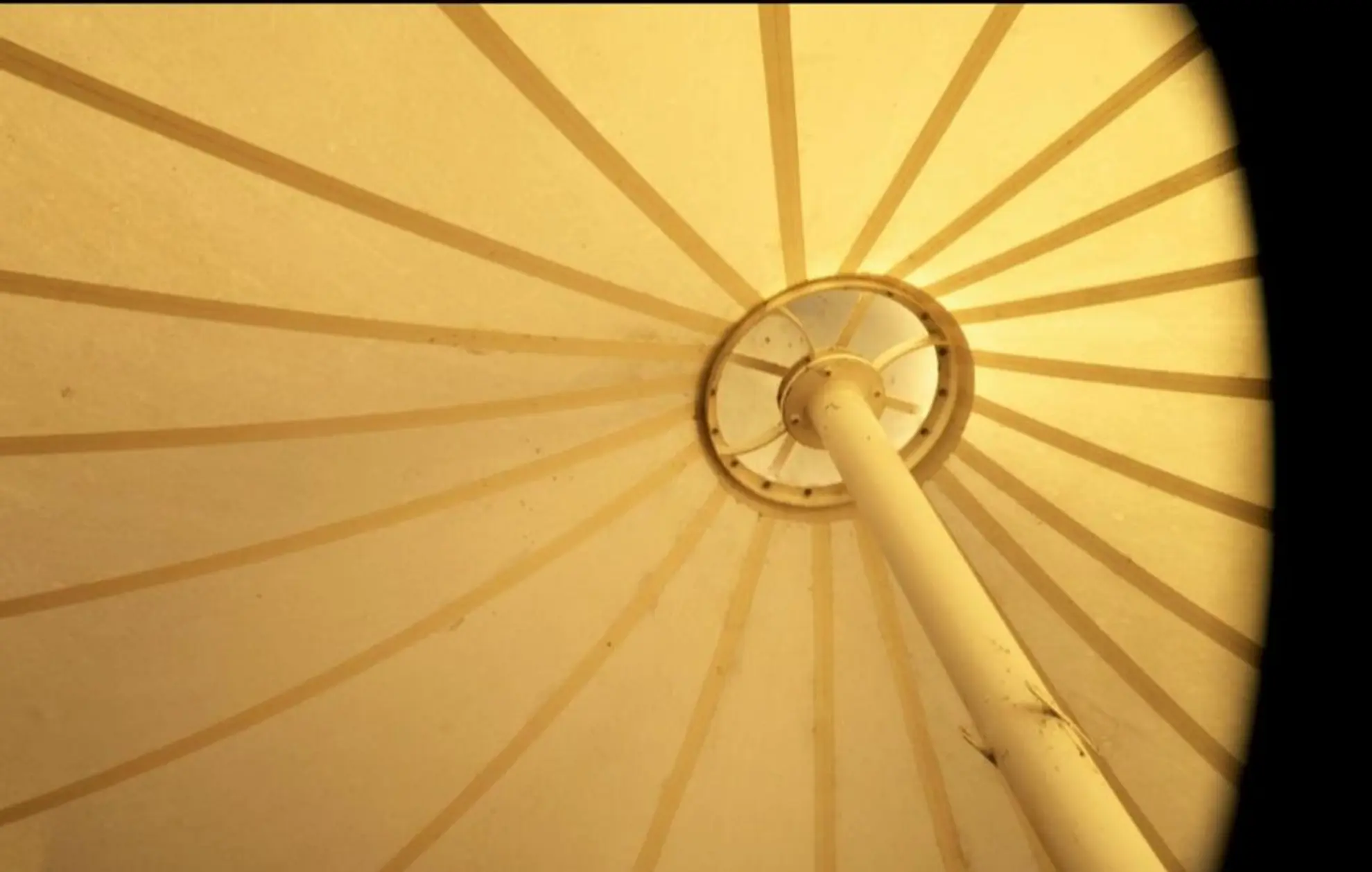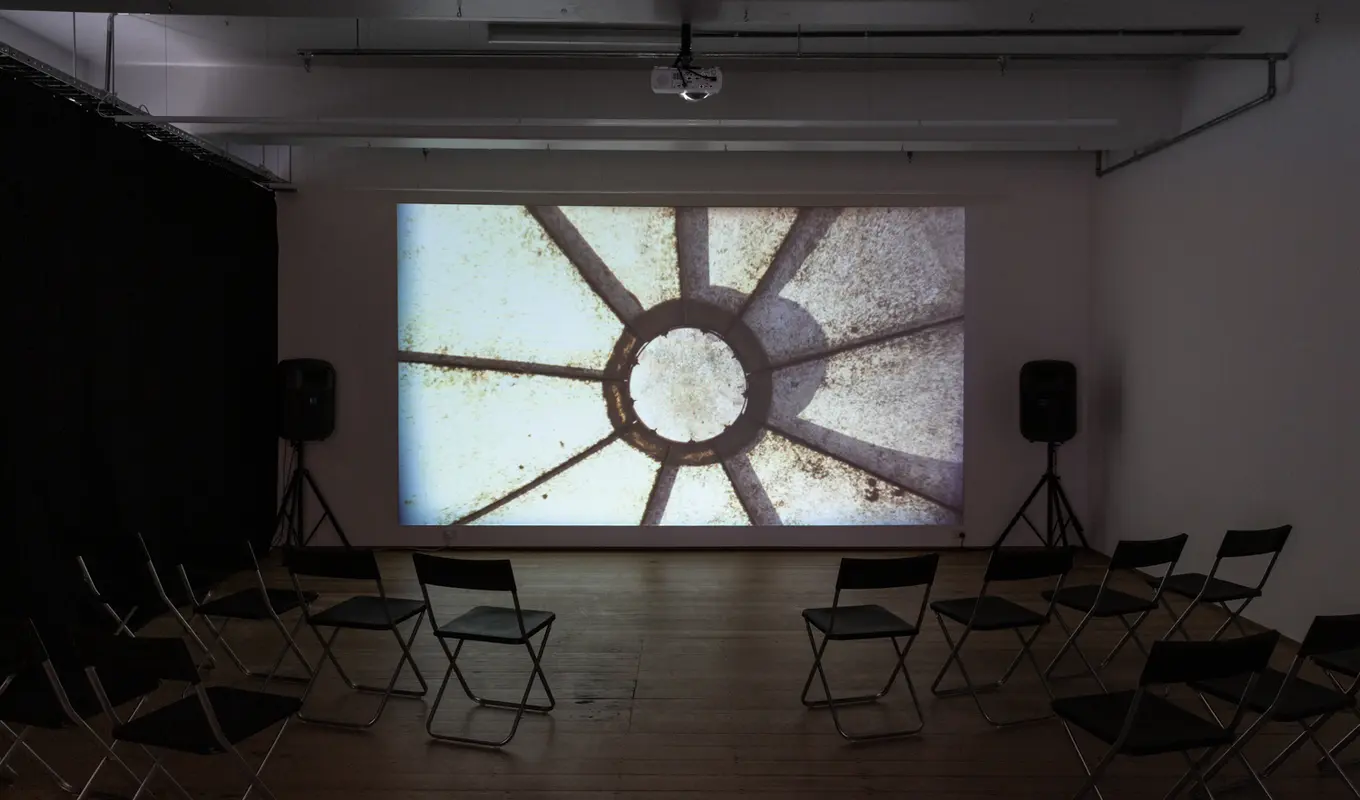Anna Emina El Samad
“Inherited Memory”
Edward Said warns us that if we take home and language for granted, that they become nature, and that their underlying assumptions recede into dogma and orthodoxy. The exile knows that in a secular and contingent world, homes are always provisional.
When I was five, I attended a school that was a 45 minute-drive from home. After class every day, my teacher would drop each student off to their respective bus. The first time this happened, however, I found myself on the wrong one. I knew this because I couldn’t find Jam, my older sister. Nobody had picked up that I shouldn’t have been there, and I found myself alone, having arrived at the final stop with an angry bus driver who could have come out of a scene from Billy Madison. I stood in silence as he argued with an older student, insisting that he should leave me at the local mosque. While my memory from that day is hazy, my parents tell me that’s exactly what the bus driver decided to do: he left me unaccompanied at Newport Mosque, a place I had never been, hoping that someone, somehow would recognise me and take me home. Miraculously, someone did. My memory of the event is vague, detached and unemotional, but my parents say that I was crying by the time I was reunited with them.

This was my first experience at a mosque - an abandonment - and it is this memory that flashes to mind as the inside of the Canberra mosque appears on screen in the veiled darkroom at West Space, more than two decades later. The quietness is punctured as Tarik Ahlip’s gentle voice announces “the house turns inwards”. The camera – having paused on a small plaque with the Shahada written in traditional Arabic calligraphy – resumes its journey upward. Ahlip continues, ‘the house turns inwards, towards its interior made of salt’. I am looking at Ahlip’s first short film work titled ‘Paradise’, a meditation on ritual, the religious structures around the act of killing for sustenance (Qurbani), and the migrant act of reinvention. The camera continues its perusal of the mosque, documenting its inner structures and yet I am keenly aware that something is missing. The documented images of the mosque I was accustomed to in books I have read and videos I have watched always depicted worshippers praying. In Ahlip’s video, no worshippers ever appear. The mosque is empty.
The focus here is on the mosque’s architecture, and the language that the structure produces. There is enough metaphor in the language of the mosque itself – in its architectural form – to articulate what happens when a community comes together for worship and the idealism it inspires. This idealism and focus on what the mosque brings to communities stands in opposition to what we have been told about religion, Islam and its role in society. It challenges cultural hegemony and brings to the foreground subjugated knowledge. Ahlip is intentionally stating that this is “who we (Muslims) are, this is what we have been doing for centuries”, expanding on the notion that there are different worldviews that incorporate the sacred. A mosque is a physical expression of the public presence of Muslims, a kind of civic space. In his work, Ahlip is exploring the mosque as a place for the public expression of Islamic religiosity and communal identity. Paradise reflects on architecture as a language of cultural expression that "exemplifies how the physical environment reflects the uniqueness of a culture." 1Ahlip’s choice to focus on architecture, language and civic spaces which question how we as migrants live on colonised lands follows in the footsteps of artists before him who have made the conscious decision to decenter explicitly western features of civilisation. bell hooks examines this notion in her book ‘Art On My Mind’. She explains that when shifts in standpoints take place there is an ongoing “transformation of ways of seeing that sustained oppositional spheres of representation”2.

While it at first appears that the subject of the work is a mosque in Canberra, it is in fact memory that Ahlip is investigating. He is reflecting, assessing, asking, ‘what are the memories we draw upon? Where do they come from?’ The core elements of the work, a Canberra mosque and witnessing the practice of Qurban (sacrifice of the animal), stems from his childhood memories. Ahlip seems to be asking what it is about these memories that we haven't experienced but inherited.
Memory is a mysterious, enigmatic thing that we don't fully understand. The idea that you can inherit memory goes against our understanding that memory is individual and solely experiential. However, we do hold realities within us that are contradictory3. When Ahlip recounts the rituals of Qurban, stating them methodically, it is as though the language of the diaspora is being invoked, the sound of previous homelands being rediscovered and remembered. These same guidelines that he is reading have been practiced for centuries. Passed down from generation to generation, remembered despite the ravages of time or the changes to place.

As I watch the camera cascade over the white ceilings of the mosque and slowly transition to distorted images of lambs, moving as one then gone, juxtaposed against red carpet, I know I have experienced this. It is in this merging that I understand that memories are not stable and static but fluid and temporal. That memories – as Toni Morrison describes – are like water, and that “all water has a perfect memory and is forever trying to get back to where it was"4. Is this not what Ahlip seems to be doing? Going back to where he was or has been? As Edward Said suggests, we take home and language for granted. In the memory of the migrant, home and ancestral homelands are not simply there to be recovered.
While Ahlip finds himself revisiting the mosque of his childhood, going back, remembering, I too am doing the same. Memories, writer Durga Chew-Bose explains “lie in wait, and then, out of nowhere, something blisters. Builds. Sails”. The memory of my first encounter with a mosque lay dormant, awoken by Ahlips' work, which strikes me as strange. I have visited many mosques in my life but have never thought about that first memory, of being 5 years old and lost. In trying to make sense of these recollections, I recognise that memory is both experienced and embodied. They transform through our interconnectedness with other places, the ravages of time, and are transformed by loss and nostalgia and the search for home. That my experience of being lost is within me but also the encounters of my parents and grandparents. Their migrant experience of being in new places, displaced, away from home, is something I carry. Links to other places that I have never seen but feel deeply connected to. We are somehow root-seekers of our inherited memory, longing for connection to other places to homelands we have never been to.
Ahlip’s work is powerful, and reminds me that the memories of the marginalised and subjugated contest our hegemonic understanding of the world5; that memory can be transferable, contagious and can illuminate our longing to connect. The power in inherited memory can unearth and transform the landscape you are in.

Anna Emina El Samad is a teacher and curator whose practice centres around collaborative curatorial practices and seeks to understand the interrelations between space, Muslim identity and otherness. She is interested in exploring how artmaking and artistic history are affected by hyper-visibility and erasure of people of colour.

